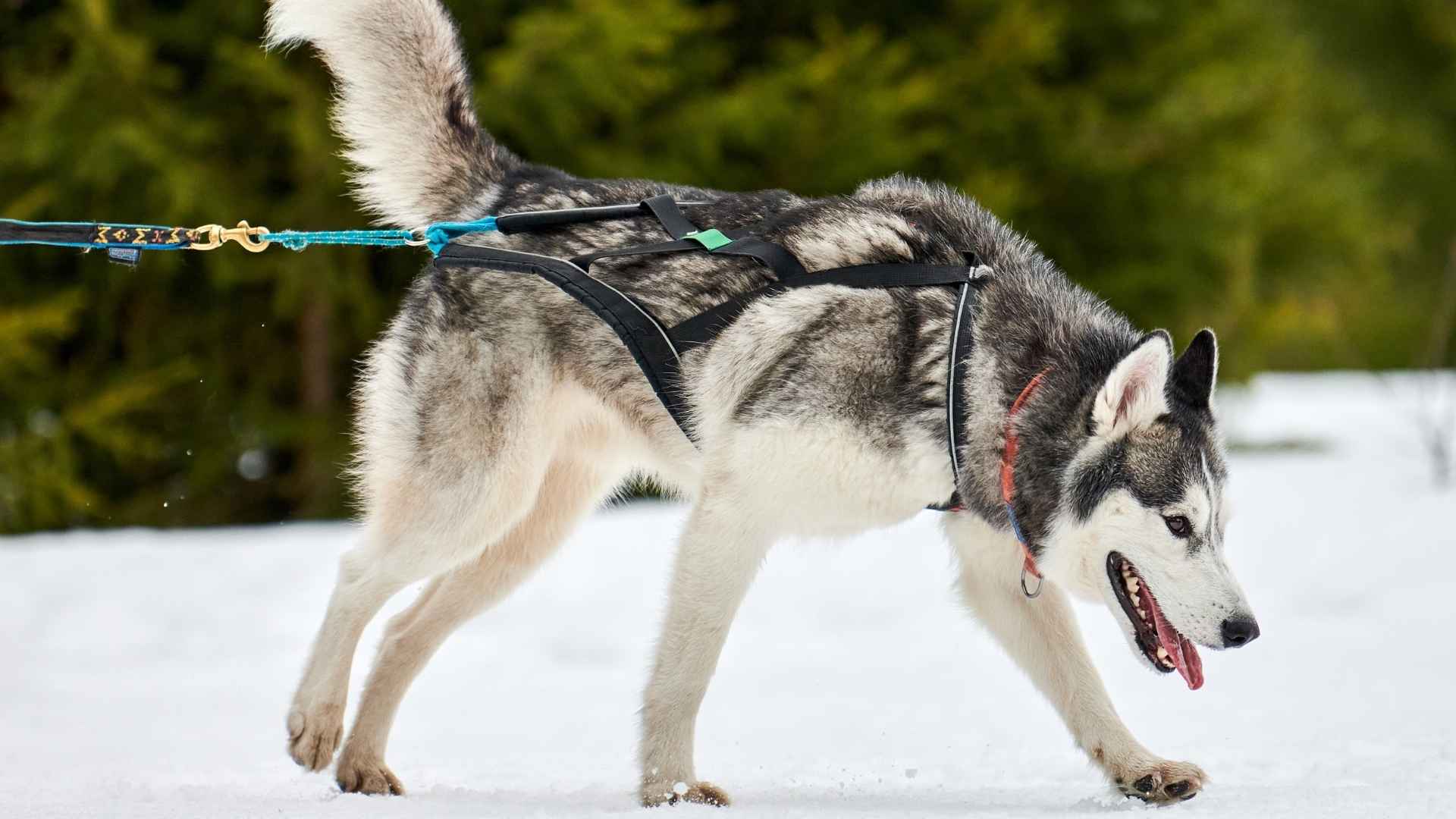Big dogs often steal our hearts with their loyalty, strength, and gentle nature. They protect homes, play with kids, and offer a sense of calm only a large dog can bring.
But sometimes, behind those soft eyes and wagging tails, there’s another side—one that refuses to listen. You say “sit,” they stroll away. You shout “come,” and they act like you’re invisible.
It doesn’t mean they don’t love you. It just means something else is at play. You see, not all large breeds are easygoing and obedient. Some have strong personalities, some are stubborn, and a few are too clever for their own good.
They challenge your patience and test your limits. But if you’re someone who believes all big dogs are easy to train, this might change your mind. Let’s take a look at the large breeds that simply aren’t wired to follow your every command.
Least Obedient Large Dog Breeds
1. Afghan Hound
The Afghan Hound has a reputation for doing things its own way. Known for its aloof and dignified personality, it doesn’t respond well to forceful commands. This breed prefers freedom over following instructions on cue.
Intelligence with a stubborn streak
They’re not lacking intelligence — they just choose when to show it. Afghan Hounds can grasp commands quickly but often question their purpose. This mindset often places them among the least obedient dog breeds.
History of self-reliance
Originally bred for hunting in the mountains of Afghanistan, they were prized for working solo without human direction. That legacy shaped a breed that values independence over direction. It’s wired to think for itself in every situation.
Not ideal for strict obedience
Afghans are graceful and fast, but are rarely the teacher’s pet in obedience training sessions. They respond better to trust-based approaches than repetitive drills, as stated in Citizen Shipper. Their regal personality requires patience, not pressure.
2. Akita
Akitas are known for their strong-willed, self-reliant nature that often resists typical commands. They don’t naturally seek direction from humans, preferring to assess situations on their own. This makes them less responsive to obedience-based training styles.
Deeply loyal, but on their own terms
While Akitas are deeply devoted to their family, they show affection in subtle, quiet ways. They’re not as eager to please as some other breeds, which can frustrate first-time dog owners. Their loyalty is real, but expressed with stoic reserve.
Training takes consistency and patience
Akitas respond best to firm yet respectful leadership from someone who understands their temperament, as mentioned in WebMD. Proper training must start early and be rooted in mutual respect, not force. Even then, results may come slower than expected due to their independent mindset.
Not ideal for casual households
This is a breed that demands a dog responsible lifestyle—meaning clear boundaries, mental stimulation, and consistent guidance. Without it, Akitas may assert dominance and act out. They’re best suited to experienced homes that embrace structure.
3. Chow Chow
Chow Chows carry themselves with a calm, almost cat-like detachment that surprises many people. They don’t naturally seek attention or approval from humans. This emotional independence often comes off as stubbornness in obedience training.
Loyal, but highly selective
While they may not be outwardly affectionate, Chow Chows are intensely loyal to those they trust. They bond with a small inner circle, which earns them a quiet spot among faithful dog breeds. Strangers and unfamiliar guests are typically met with reserve.
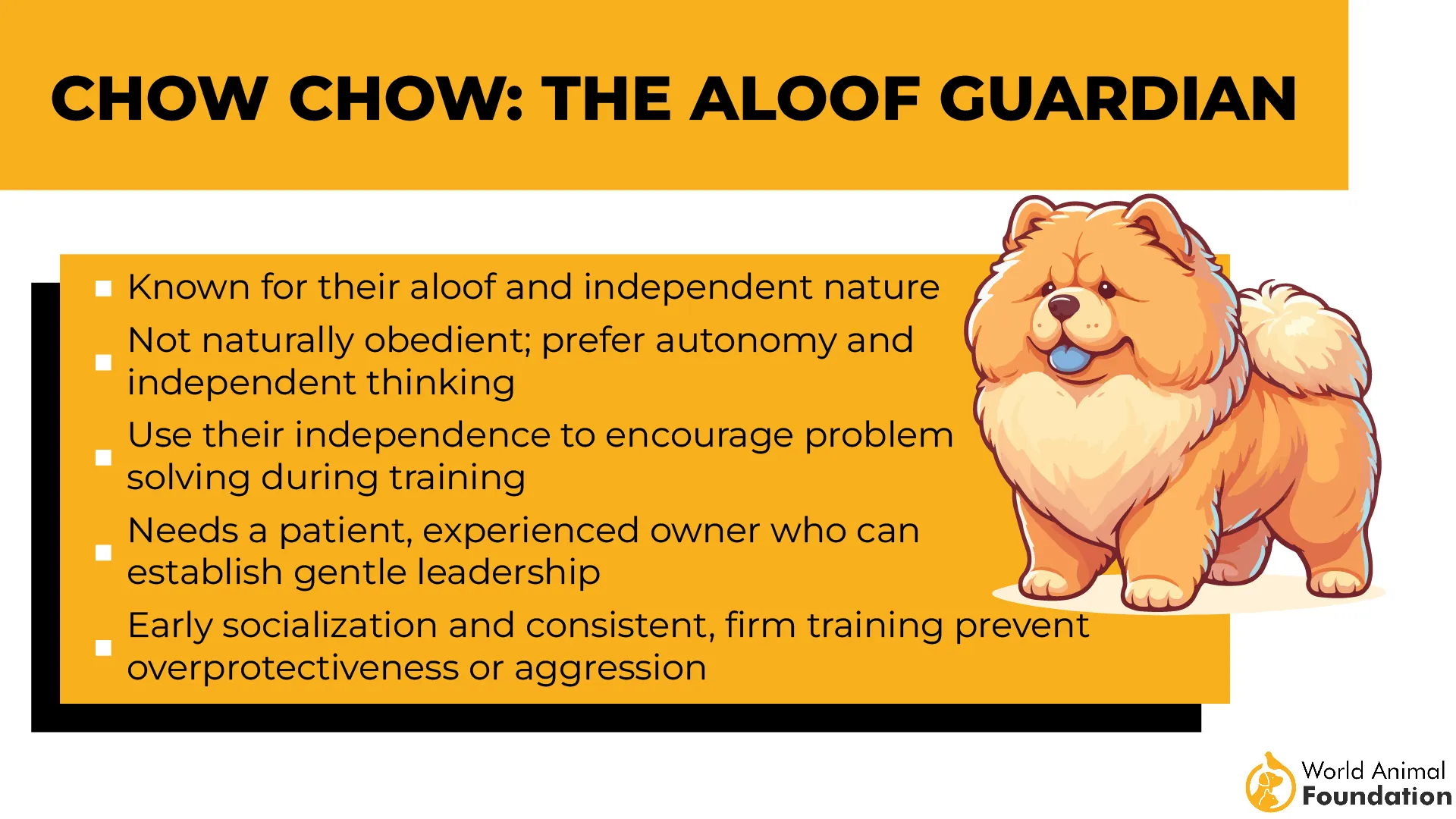
Socialization can be a challenge
Early exposure to other dogs and different environments is crucial to avoid aggression or territorial behavior. Without it, they can become possessive and unpredictable. Their tolerance for other dogs can vary drastically from one individual to another.
Not your typical eager-to-please type
Chows are intelligent dogs, but their thinking style is independent rather than obedient. Commands are often met with a judgmental pause before action. Consistent training with patience and mutual respect is the only way to gain long-term cooperation.
4. Bloodhound
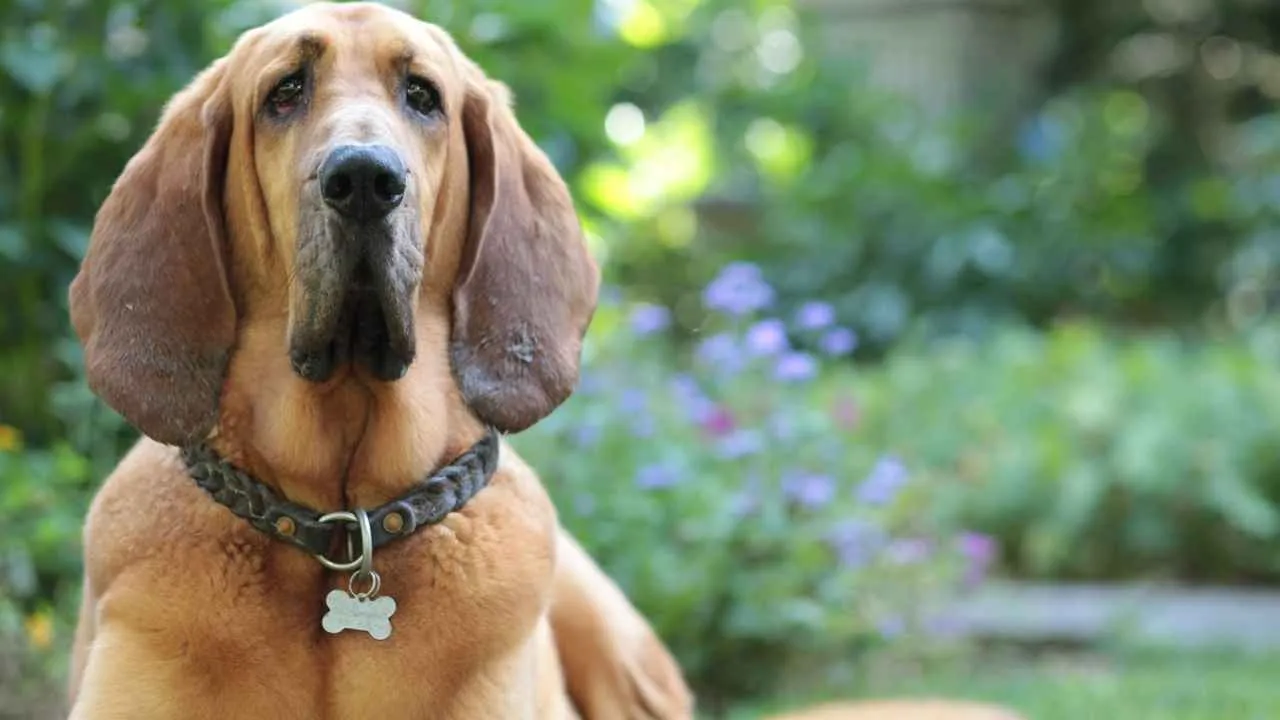
Bloodhounds are legendary for their tracking abilities, but that same focus often makes them tune out commands. Once they catch a scent, everything else fades away—including your voice. Their determination is unmatched, but so is their stubborn streak.
Endearing but hard-headed
This is not a breed for the casual dog lover. Bloodhounds are sweet-natured, but they tend to follow their nose more than their human, as per Zealandia Pets. Their gentle eyes might suggest cooperation, but their mind are usually somewhere else.
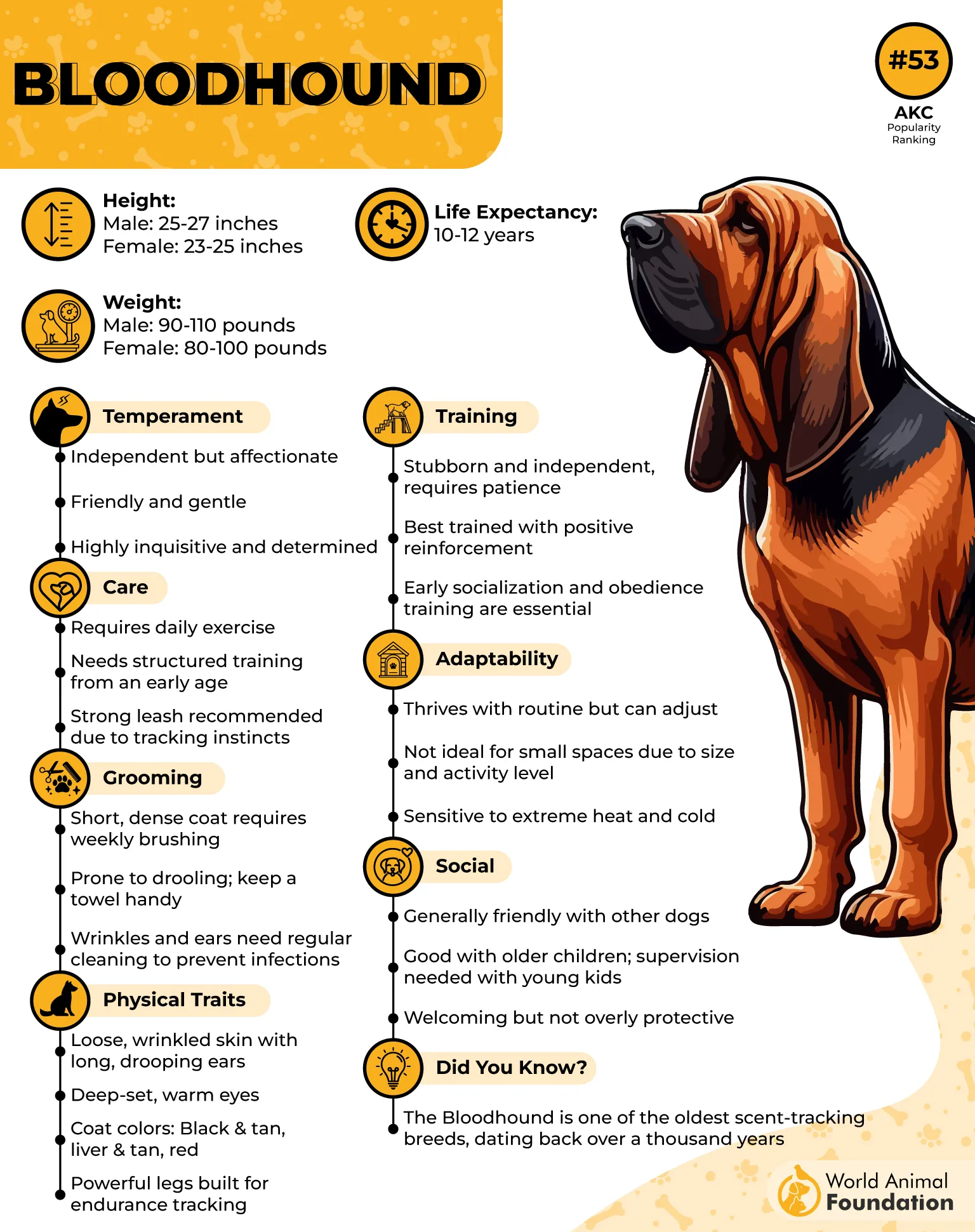
Obedience takes extra effort
Training a Bloodhound requires creativity, patience, and strong reinforcement. Their instincts overpower simple repetition, so staying consistent is key. Even with early training, this generally active breed will test boundaries often.
Challenging for first-time homes
Although they’re a popular dog breed in scent work and law enforcement, they’re far less obedient at home. Their independence can be overwhelming without a strong structure. These dogs need a handler who understands their instincts and pace.
5. Borzoi
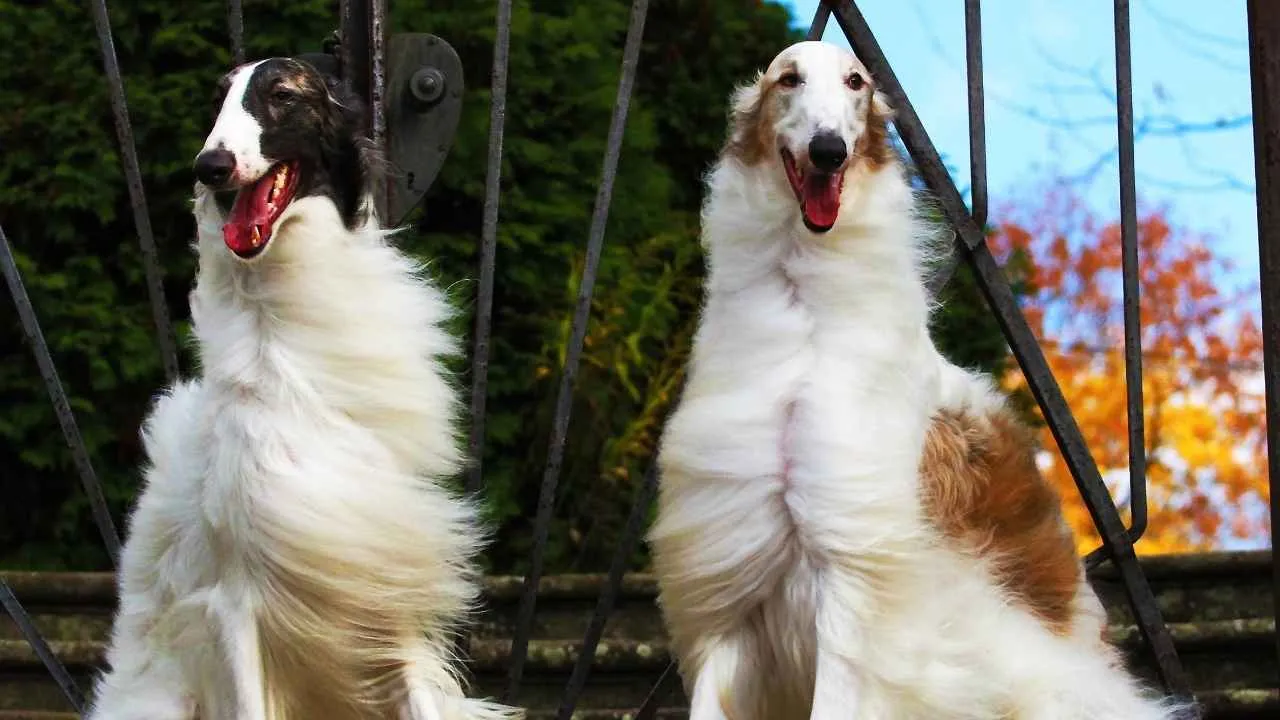
Borzoi are known for their calm elegance, but their aloof temperament often makes them less responsive to obedience commands. They prefer doing things on their own schedule. Their laid-back nature can be mistaken for disinterest during training.
Rooted in their hunting instincts
Originally bred as hunting dogs, Borzoi have a strong prey drive and a mind that constantly scans their environment, as highlighted by Britannica. Their focus tends to drift when something catches their attention. That instinctual drive can overpower verbal commands in outdoor settings.
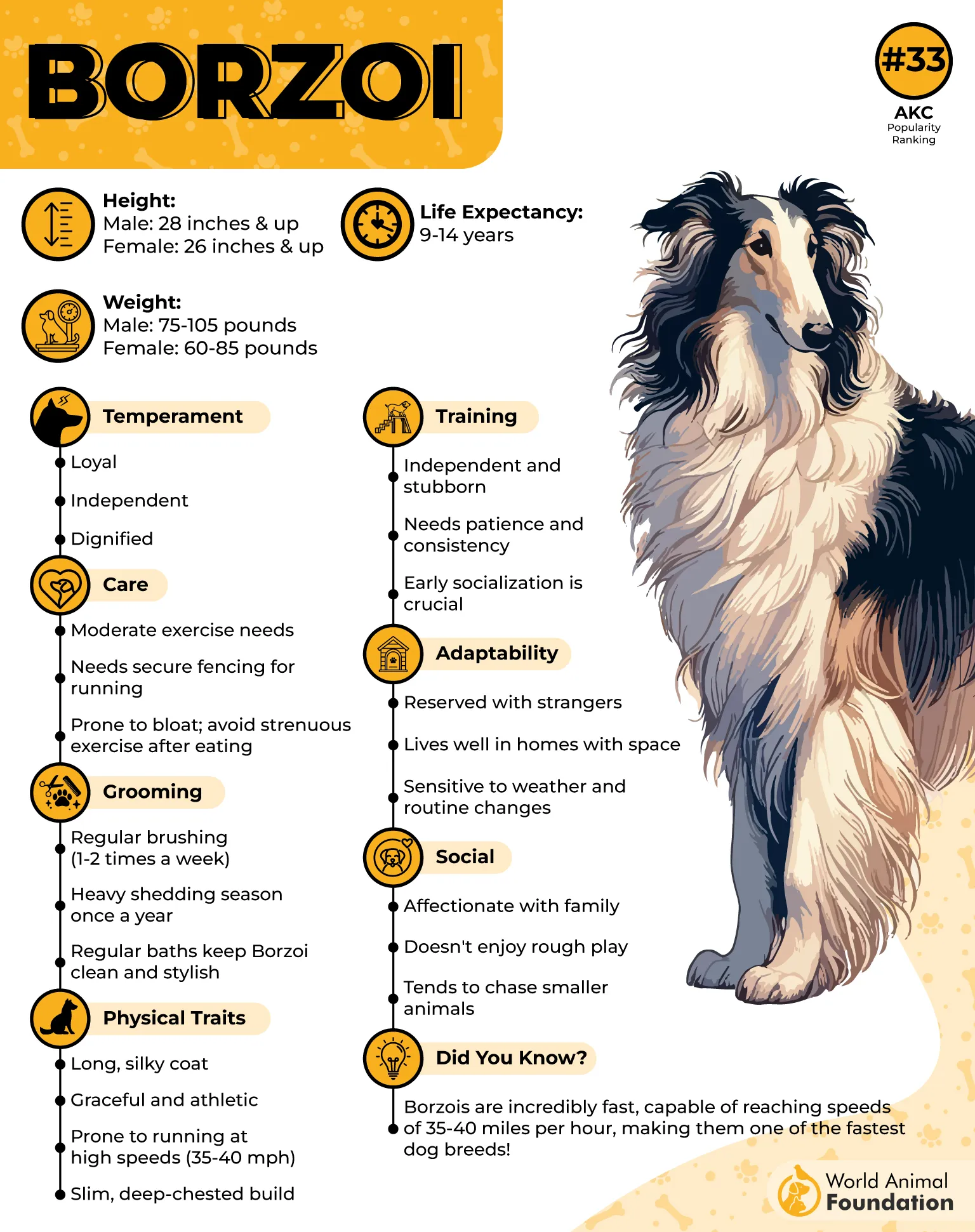
Training requires patience and creativity
Because they don’t respond well to repetitive drills, Borzoi need careful and active training that keeps sessions short and mentally engaging. Positive reinforcement works better than strict discipline. They respond more to motivation than pressure.
Best suited for calm, experienced homes
While elegant in appearance, Borzoi are not an ideal fit for those expecting instant obedience. Even though they were once considered great hunting dogs, their independence remains a core trait. Homes with gentle consistency fare best with this breed.
6. Alaskan Malamute

Bred for hauling and endurance, Alaskan Malamutes often rely on instinct more than instruction. They’re independent thinkers who won’t always respond to cues, especially if they sense no purpose behind them. This makes consistency in training a long-term challenge.
Not driven to please
This is not an eager-to-please breed; instead, Malamutes are more motivated by their own logic. Even though they form deep bonds as companion dogs, obedience takes a back seat to their working-dog mindset. Repetition tends to bore them quickly.
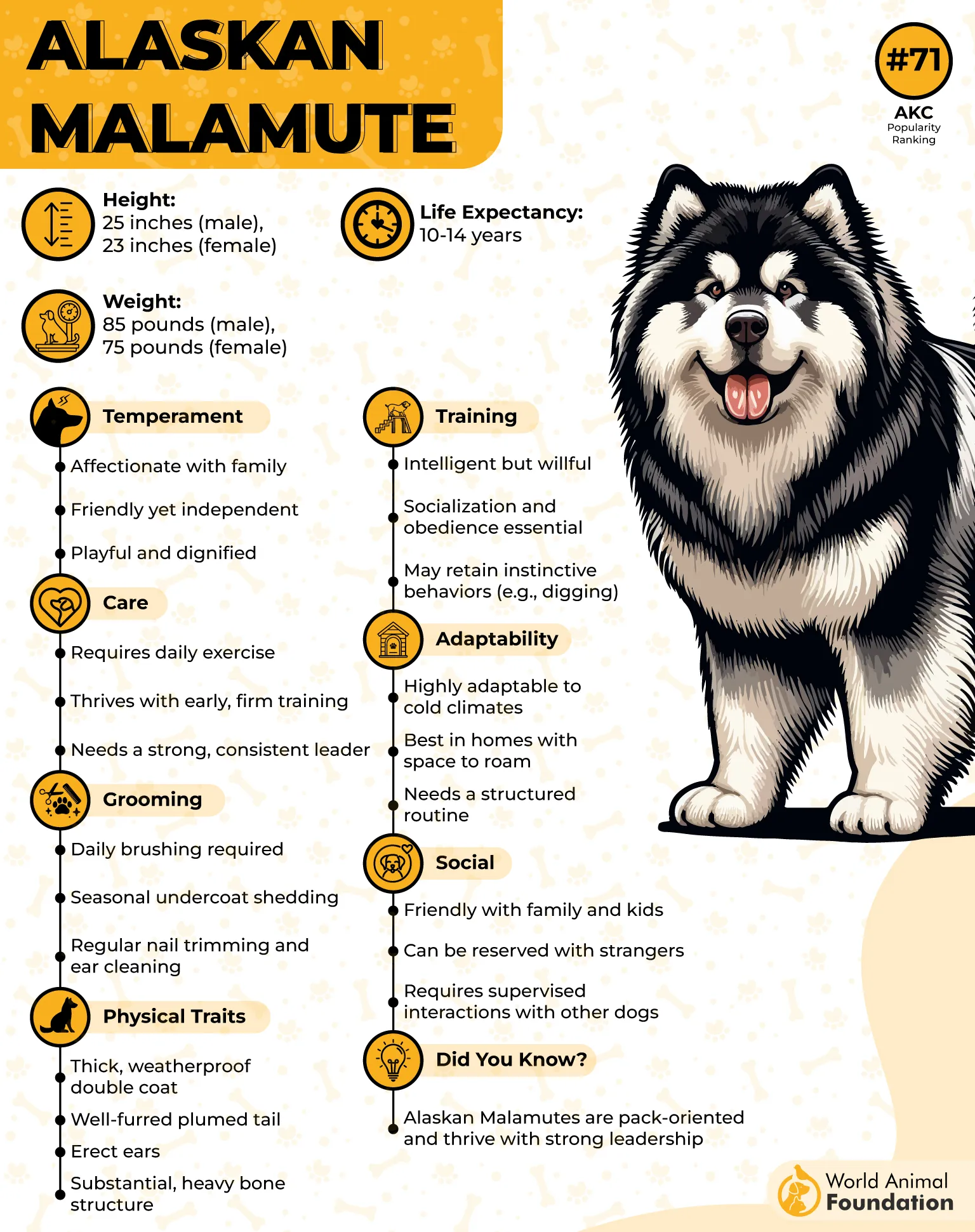
Highly intelligent but stubborn
They’re an intelligent breed, but that intelligence comes with a heavy dose of stubbornness. A Malamute might ace an agility course one day and ignore the same tasks the next. Owners need creativity and patience to keep training engaging and purposeful.
Energy that needs an outlet
Without structured activity, these dogs get restless and may become destructive or vocal. They need more than a daily walk—think hiking, pulling weights, or even sled work. Mental and physical stimulation is essential to manage their strong-willed nature.
7. Siberian Husky
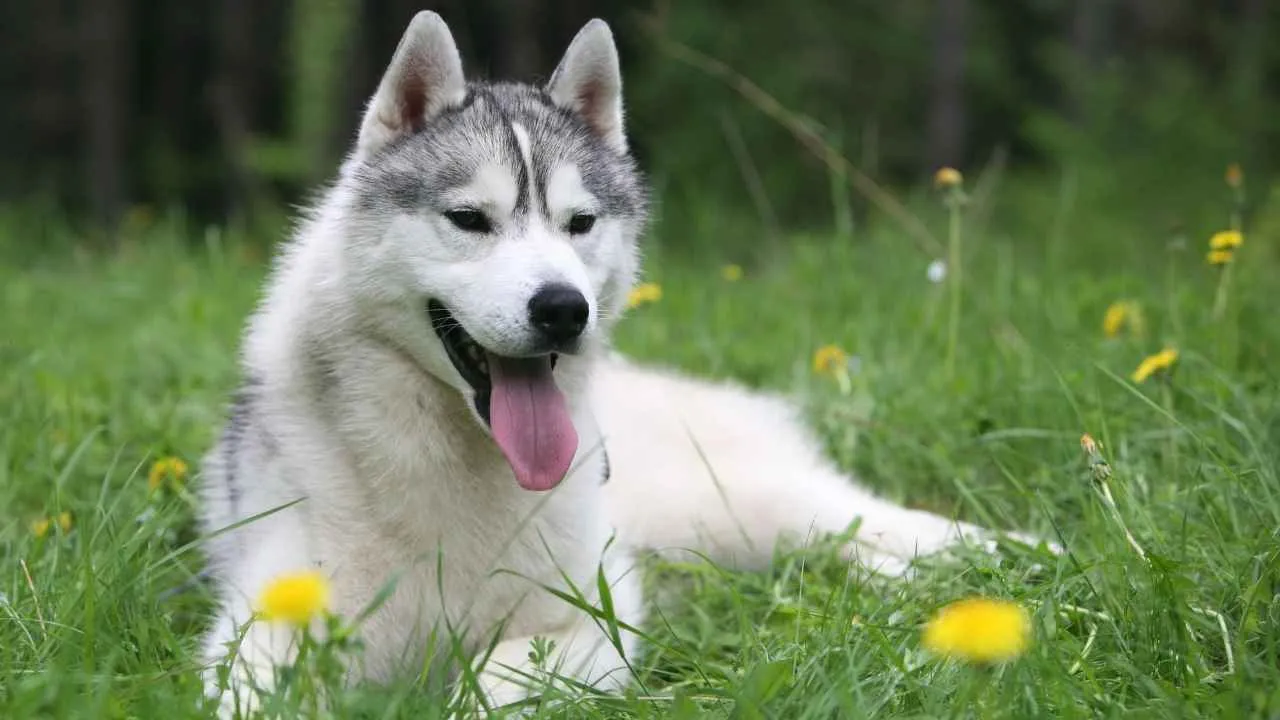
Originally bred for pulling sleds over long distances, Huskies are wired for endurance and motion, not obedience. They’re more focused on their surroundings than on following directions. Their drive to explore often overrides any interest in staying put.
Independent to the bone
The Siberian Husky’s independent nature makes traditional training a real challenge. They’re intelligent but easily bored, especially with repetitive commands. Motivation works better than discipline, especially when paired with creative training techniques.
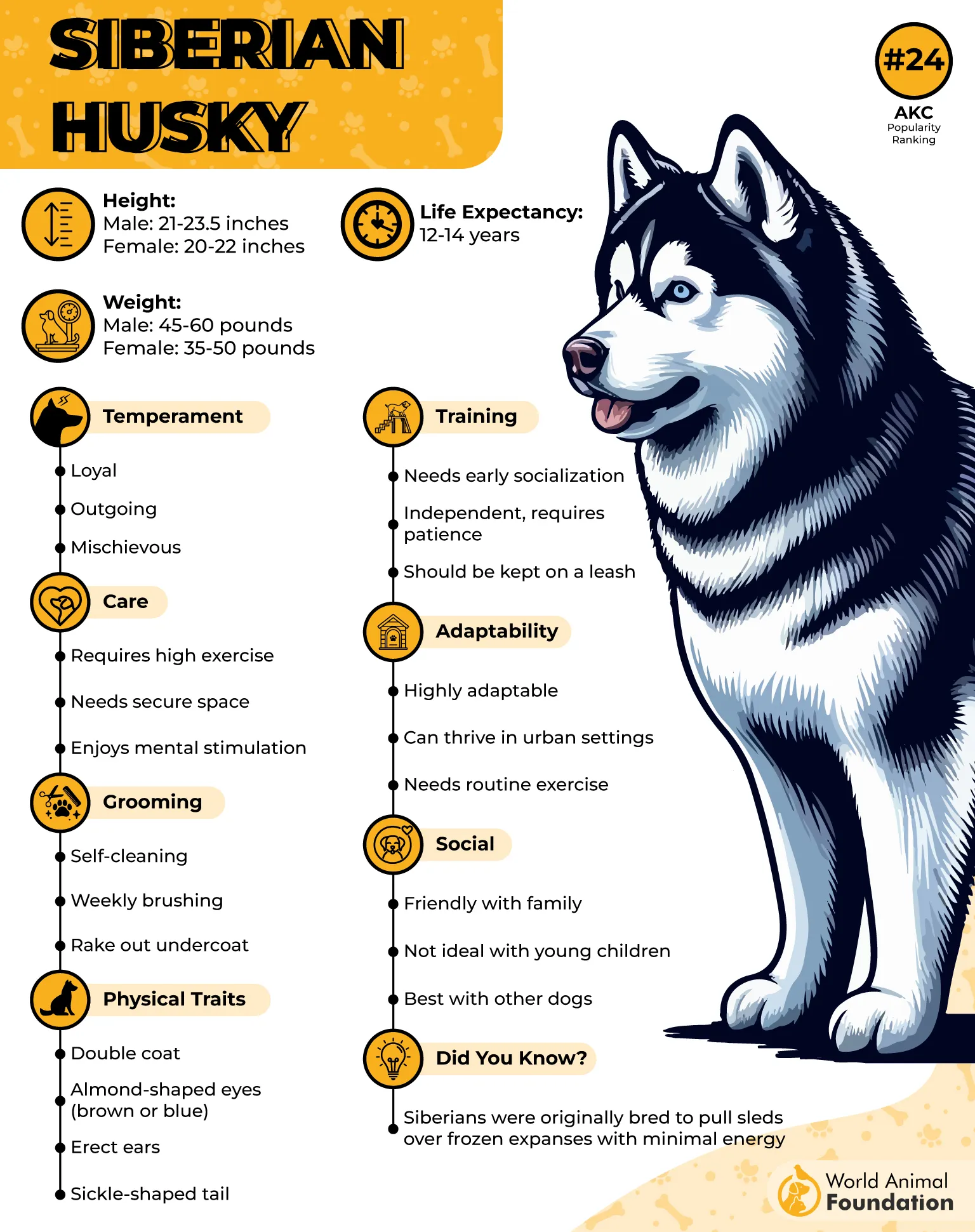
Not always eager to please
Huskies don’t seek approval the way some breeds do; they often choose what suits them best in the moment. They’re social and friendly, but they don’t follow commands just to make their humans happy. This can come off as stubbornness, even when it’s not.
Structure is key to success
Without consistent boundaries, Huskies tend to test limits and find loopholes fast. They’re best suited for people who can match their energy and stay patient with their strong will. Expect trial, error, and plenty of persistence in the process.
Conclusion
The least obedient large dog breeds aren’t misbehaving—they’re misunderstood. These dogs were shaped by purpose, not polish. Think of sled dogs bred to make decisions mid-blizzard, or modern British breeds trained for independent guarding.
According to the American Kennel Club and Canadian Kennel Club, obedience varies based on history, instincts, and function. While some owners crave obedient dog breeds that can be controlled with ease, others appreciate dogs whose strength lies in willpower.
Many of these breeds are loyal guard dogs with a deeply rooted territorial and protective nature. Their behavior isn’t disobedience—it’s legacy. Whether it’s the heaviest dog breeds bred for defense or agile workers with unmatched focus, a guard dog isn’t here to impress—it’s here to protect.
Remember, a dog’s intelligence stems from more than commands. If you’re ready to meet them where they are, these bold breeds won’t just obey—they’ll stand by you, fiercely and forever.


